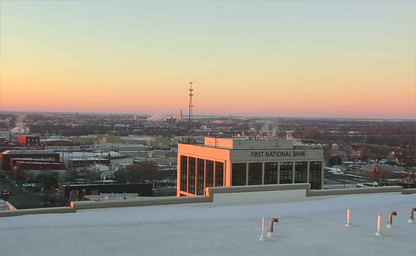
Skyline Hutchinson
The city is located on the Arkansas River

The city is located on the Arkansas River
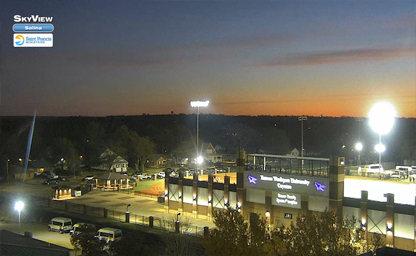
Home to the Kansas Wesleyan Coyotes
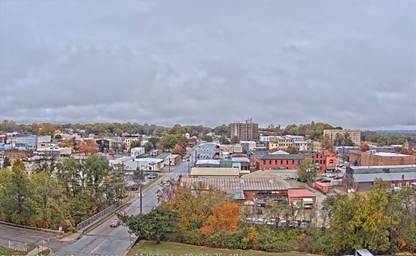
Situated in northeast Kansas along the Missouri River
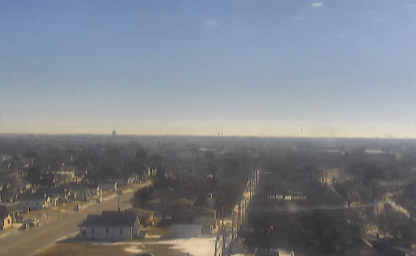
The largest city in northwestern Kansas
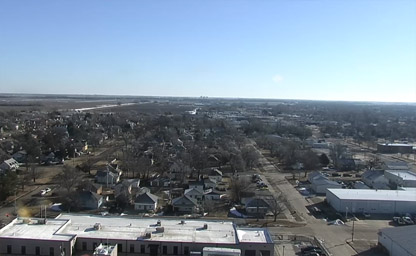
A city in and the county seat of Barton County
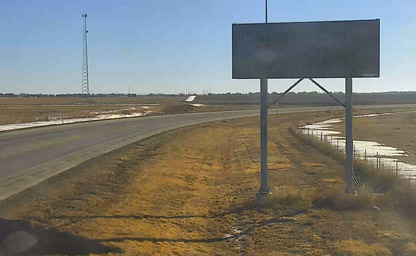
A city in and the county seat of Finney County
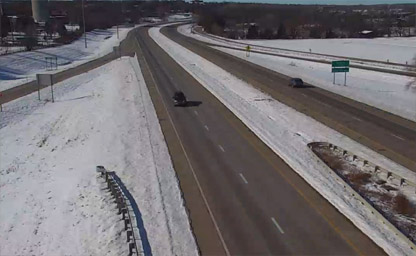
Exit 131/Burlingame Road/S in Emporia, Kansas
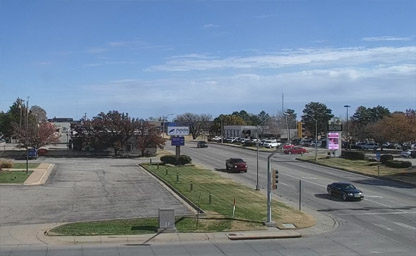
The city is a great place to experience history
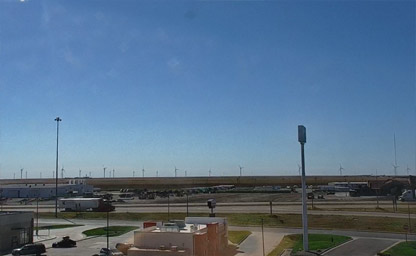
A city in and the county seat of Thomas County

The largest city and county seat in Reno County
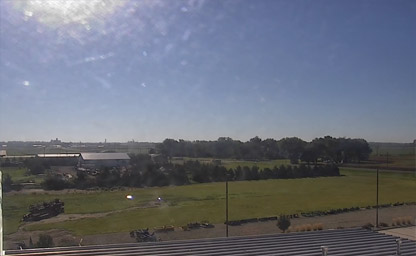
A city in and the county seat of Clay County
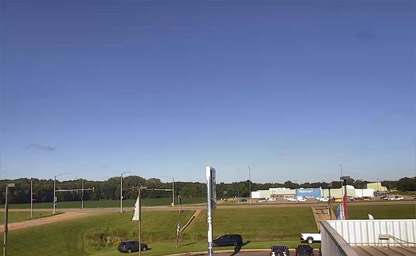
A city in and the county seat of Jackson County
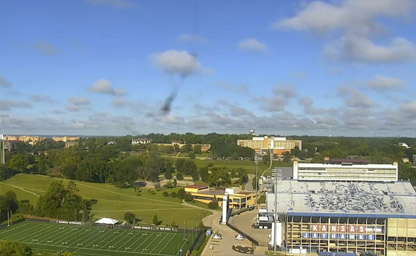
The county seat of Douglas County, Kansas
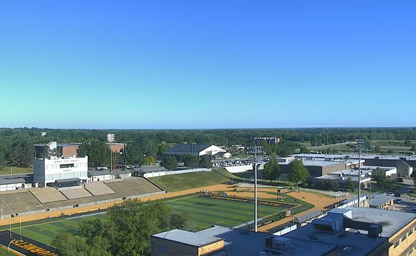
A city in and the county seat of Lyon County
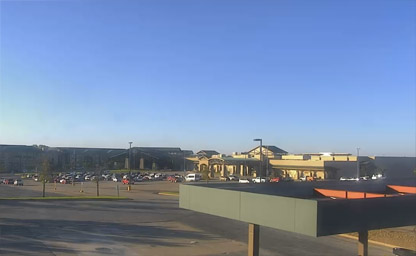
Part of the Topeka metropolitan area

A city in and the county seat of Geary County

Nestled in the heart of the scenic Flint Hills of Kansas

The capital city of the U.S. state of Kansas
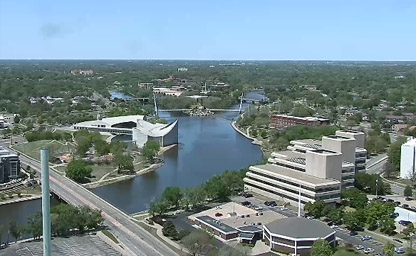
The county seat of Sedgwick County
The Sunflower State, where live streaming tourist webcams bring the beauty and excitement of this heartland treasure directly to you! From the sprawling prairies to historic downtowns, these webcams provide an unparalleled view of Kansas's charm and vibrancy in real time. Watch the breathtaking sunsets over the Flint Hills, explore the lively streets of Wichita or Kansas City, and marvel at iconic landmarks like the Keeper of the Plains or the Eisenhower Presidential Library. Whether you're checking out the bustling energy of local festivals or the serene beauty of small-town life, Kansas's live webcams let you experience it all from the comfort of your home. Dive into the spirit of the Midwest and discover why Kansas is truly a land of adventure and inspiration!
Kansas, often referred to as the "Sunflower State," boasts a compelling history that is deeply intertwined with the growth and development of the United States. Long before European settlers arrived, the region was home to Native American tribes such as the Kansa (or Kaw), Osage, Pawnee, and Wichita. These tribes thrived on the plains, utilizing the vast grasslands for hunting buffalo and cultivating crops like corn, beans, and squash. Their legacy is preserved in cultural sites and traditions that remain part of Kansas's identity today.
The first European explorers arrived in the 16th century, with Spanish conquistadors like Francisco Vázquez de Coronado venturing into the region in search of the mythical Seven Cities of Gold. However, it wasn't until the Louisiana Purchase in 1803 that Kansas officially became part of the United States. The Lewis and Clark Expedition passed near the northeastern part of Kansas, marking the beginning of American interest in the area.
In the mid-19th century, Kansas played a pivotal role in the nation's history as the epicenter of the "Bleeding Kansas" conflict. The Kansas-Nebraska Act of 1854 allowed settlers in these territories to decide whether to permit slavery, leading to violent clashes between pro-slavery and anti-slavery factions. This turmoil earned Kansas the nickname "Bleeding Kansas" and served as a precursor to the American Civil War. The abolitionist John Brown and other figures left a lasting impact on the state and the broader struggle for freedom and equality.
Kansas joined the Union as the 34th state on January 29, 1861, just months before the Civil War began. During the war, the state supported the Union cause and contributed soldiers and resources to the effort. Following the war, Kansas experienced significant growth as settlers flocked to the region. The Homestead Act of 1862, which offered free land to settlers willing to cultivate it, drew families from across the country and even Europe.
The advent of the railroad in the late 19th century transformed Kansas into a vital hub for transportation and trade. Towns like Dodge City and Abilene became famous as cattle towns, serving as key stops on the cattle drives from Texas to railheads in Kansas. These towns gained a reputation for their rough-and-tumble atmosphere, immortalized in Western lore and popular culture.
Throughout the 20th century, Kansas continued to evolve, balancing its agricultural roots with industrial and technological advancements. The Dust Bowl of the 1930s brought significant hardship to the state's farmers, but it also spurred innovations in farming techniques and soil conservation. In recent decades, Kansas has diversified its economy, embracing aerospace, manufacturing, and renewable energy alongside its traditional agricultural base.
Kansas experiences a continental climate, characterized by hot summers, cold winters, and moderate to low humidity. Its location in the central United States, at the convergence of different air masses, contributes to its diverse and sometimes extreme weather patterns. Kansas is often associated with its position in "Tornado Alley," a region prone to severe thunderstorms and tornadoes during the spring and summer months.
Summers in Kansas are typically hot, with average high temperatures ranging from 85°F (29°C) to 95°F (35°C) in July and August. The western part of the state, being more arid, can see even higher temperatures. Despite the heat, summer is a vibrant season in Kansas, with outdoor festivals, fairs, and recreational activities drawing residents and visitors alike. Thunderstorms are common during this time, providing much-needed rainfall for crops but occasionally bringing severe weather, including hail and high winds.
Winters in Kansas are cold, with average low temperatures ranging from 15°F (-9°C) to 25°F (-4°C) in January. Snowfall varies across the state, with the northwest receiving more snow than the southeastern regions. While winters can be challenging, they also offer opportunities for cozy indoor activities and winter sports in some areas.
Spring and autumn are transitional seasons that showcase Kansas's natural beauty. Spring, from March to May, is marked by blooming wildflowers and the return of green landscapes. However, it is also the peak season for tornado activity, making it a time to stay weather-aware. Autumn, from September to November, brings cooler temperatures and stunning foliage, particularly in the Flint Hills and along the Arkansas River Valley.
Rainfall in Kansas averages about 30 inches per year, with higher amounts in the eastern part of the state and drier conditions in the west. This variation supports a range of ecosystems, from tallgrass prairies to arid plains, making Kansas a state of remarkable environmental diversity.
Kansas is a land of striking contrasts and natural beauty, covering an area of approximately 82,278 square miles. It is bordered by Nebraska to the north, Missouri to the east, Oklahoma to the south, and Colorado to the west. The state's geography is defined by its vast plains, rolling hills, and significant waterways, making it a quintessential representation of the American Midwest.
The eastern part of Kansas is dominated by the Flint Hills, a region of tallgrass prairie that is among the last of its kind in North America. This area is characterized by rolling hills, limestone outcroppings, and a rich diversity of plant and animal life. The Tallgrass Prairie National Preserve near Strong City offers visitors a chance to explore this unique ecosystem through hiking trails and educational programs.
Central Kansas transitions into flatter terrain, with fertile soils that support extensive agriculture. This region is part of the Great Plains, a vast expanse of grassland that stretches across multiple states. The Arkansas River flows through this area, providing water for irrigation and recreational opportunities such as fishing and kayaking.
Western Kansas is more arid and features the High Plains, a subregion of the Great Plains that rises gradually in elevation as it approaches the Rocky Mountains in neighboring Colorado. This area is marked by wide-open spaces, expansive wheat fields, and dramatic sunsets. Monument Rocks, a series of chalk formations near Oakley, is a standout geological feature that attracts visitors with its stark beauty and historical significance.
Kansas's rivers play a crucial role in its geography and economy. The Kansas River, also known as the Kaw, flows eastward across the state, providing water for cities like Topeka and Lawrence. The Missouri River forms part of the state's northeastern border and has been a vital transportation route since the days of early exploration and settlement.
Kansas is also known for its diverse wildlife, from bison and prairie dogs in its grasslands to migratory birds that pass through its wetlands. Cheyenne Bottoms and Quivira National Wildlife Refuge are two of the most important wetlands in North America, serving as critical habitats for waterfowl and other species.
New Tip: If you're exploring Kansas, don't miss a visit to the Cosmosphere in Hutchinson, one of the world's premier space museums. An interesting fact: Kansas is home to Greensburg, a town rebuilt as a model of sustainability after being nearly destroyed by a tornado in 2007, showcasing the resilience and innovation of its people.